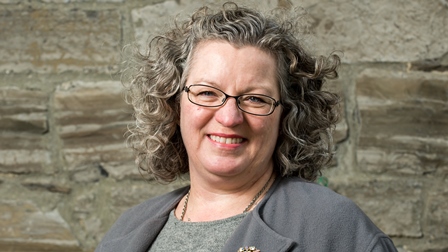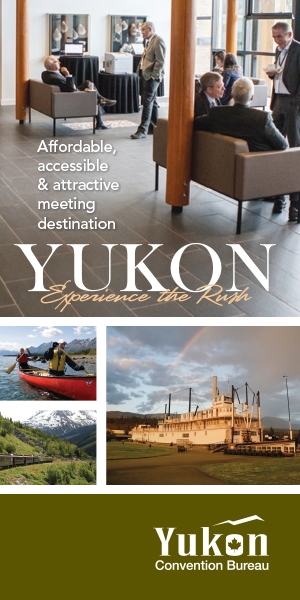Studying for the Certified Meeting Professional exam? MPI Ottawa has you covered!
Learn More
Check out all the exciting events taking place in the upcoming 2023/2024 year!
Learn More

Independent Planner’s View Part 2: Vision versus Details

As an independent meeting planner, I am part of a team working on an event. The client is responsible for developing the overall vision, a key element of which is the program content. This can take many forms, from keynote speakers, panels and poster sessions, to exhibits, performances and social programs. Once the vision is defined and the content is determined, my role is to take care of the details so that the delegates experience a seamless program and a memorable event.
I like to compare this process to the disastrous voyage of the Titanic. More vigilance should have gone into planning the route, spotting potential trouble and navigating through the perils to reach the destination. Developing solid conference content is like setting the proper course through the ocean. If organizers do not pay attention to the icebergs, the passengers may never reach the other side.
Unfortunately, organizers can lose sight of this and start fussing about the details. Let’s call this the “deck chairs”. Sometimes they start sweating the small stuff: the “cushions” on the deck chairs; or they fixate on a very minor detail: the “trim” on the cushions, on the deck chairs. If the program content is not solid, no amount of cushion trim will matter. That ship will sink.
When clients focus on program content (icebergs), planners can put the details (deck chairs) in place. The vision will remain intact and everyone will have a successful voyage. When planners know that the icebergs are being managed, they can excel at not only the deck chairs, but the cushions and the trim. Delegates will be able to relax on the ship, admire the tips of the icebergs as they float by, and eventually anchor at harbour, with memories of a wonderful journey.
 Article written by Darlene Kelly-Stewart, Stonehouse Sales and Marketing Services
Article written by Darlene Kelly-Stewart, Stonehouse Sales and Marketing Services
Article edited by Melanie Hudson, National Association of Federal Retirees


Leave a commentOrder by
Newest on top Oldest on top